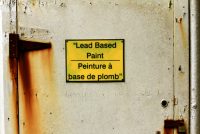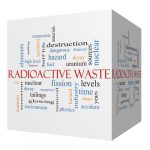“In the Field and on the Floor”: 3 Steps to Ensure the Effectiveness of Your Employee Training Program
Step 1: Know Which Agency Rules Apply The U.S. Environmental Protection Agency (EPA), OSHA, and the U.S. Department of Transportation’s Pipeline and Hazardous Materials Safety Administration (PHMSA) each have separate training rules, but there is often overlap among the various training requirements. For example, an employer may have workers managing hazardous waste and have the […]










